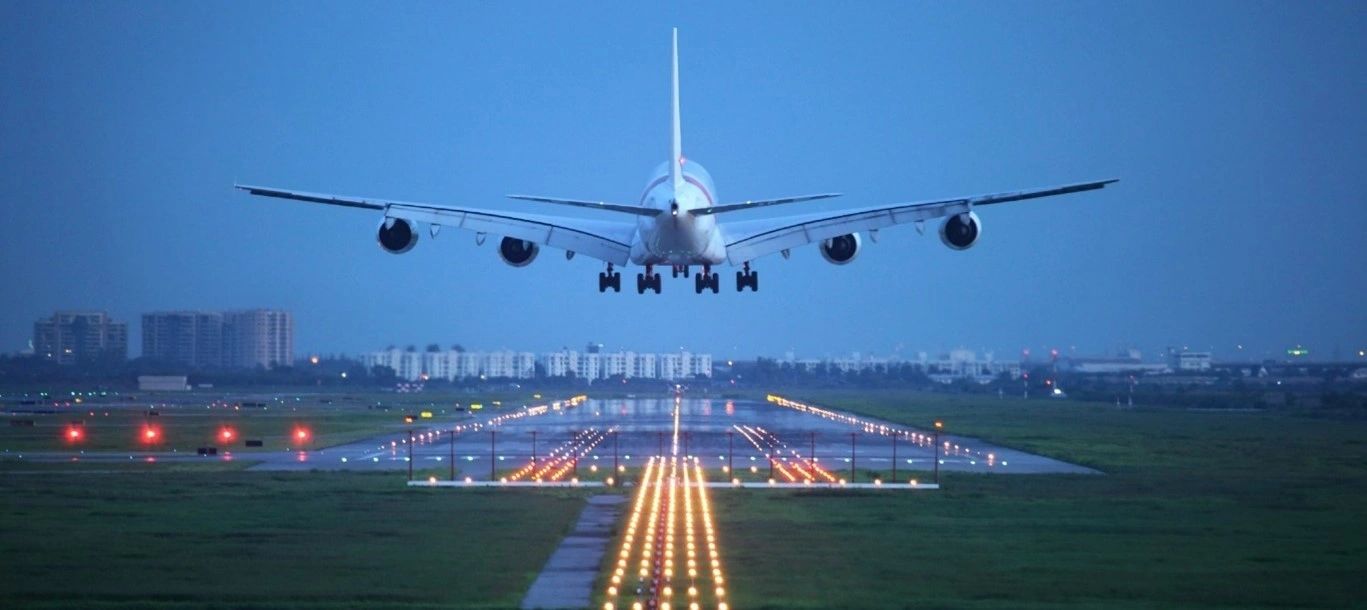
The International Air Transport Association (IATA) released passenger numbers for September 2022, showing that air traffic is still recovering strongly. Total traffic (measured in revenue passenger kilometres or RPKs) increased by 57.0% in September 2022 compared to September 2021. Global traffic is now 73.8% of what it was in September 2019.
Domestic traffic in September 2022 increased by 6.9% over the previous year. Domestic traffic in September 2022 was 81% of what it was in September 2019. International traffic increased by 122.2% compared to September 2021. International RPKs in September 2022 reached 69.9% of September 2019 levels. All markets experienced tremendous growth, with Asia-Pacific leading the way.
“Despite economic and geopolitical uncertainty, demand for air travel continues to increase.” China remains the exception, with its zero COVID strategy keeping borders fully closed and producing a demand roller coaster for its internal market, with September being 46.4% lower than the previous year. This is in stark contrast to the remainder of Asia-Pacific, which, despite China’s poor performance, saw a 464.8% rise in international traffic compared to the previous year,” stated Willie Walsh, Director General of IATA.
International Passenger Markets
Asia-Pacific airlines saw a 464.8% rise in September traffic compared to September 2021, the strongest year-over-year rate among the regions. Capacity rose 165.3%, and the load factor was up 41.5 percentage points to 78.3%.
European Airlines – September traffic climbed 78.3% versus September 2021. Capacity increased by 43.8%, and the load factor increased by 16.3 percentage points to 84.1%, the second highest among the regions.
Middle Eastern airlines posted a 149.7% traffic rise in September compared to September 2021. September capacity increased 63.5% versus the year-ago period, and the load factor climbed 27.6 percentage points to 80.0%.
North American carriers had a 128.9% traffic rise in September versus the 2021 period. Capacity increased 63.0%, and the load factor climbed 24.6 percentage points to 85.4%, the highest among the regions for a fourth consecutive month.
Latin American Airlines’ – September traffic rose 99.4% compared to the same month in 2021. September capacity climbed 73.7%, and the load factor increased 10.8 percentage points to 83.5%.
African airlines saw a 90.5% rise in September RPKs versus a year ago. September 2022 capacity was up 47.2%, and the load factor climbed 16.7 percentage points to 73.6%, the lowest among regions.
US domestic traffic climbed 16.8% in September compared to September 2021, pushing it to 0.4% above the September 2019 level. The 85.4% load factor was the highest among the domestic markets.
“Strong demand is helping the industry cope with sky-high fuel prices. To support that demand in the long term, we must pay attention to what travellers tell us. After nearly three years of pandemic travel complexity, IATA’s 2022 Global Passenger Survey (GPS) shows that travellers want simplification and convenience,” Walsh said.
That’s an important message for airlines but also for airports and governments. They own many of the facilitation processes that let passengers down at some key airports over this year’s northern summer travel season.
According to the GPS, most passengers want to use biometric data rather than passports for border processes, and 93% of passengers are interested in trusted traveller programs to expedite security screening.
“Modernizing the facilitation experience will not only help alleviate the choke points, but it will also create a better experience for all,” said Walsh.
Source: IATA
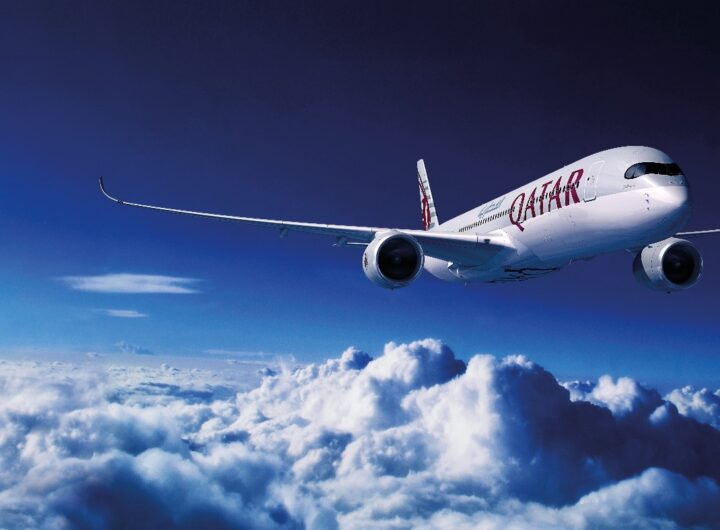 Qatar Airways Resumes Flights To Malta: Enhancing International Connectivity
Qatar Airways Resumes Flights To Malta: Enhancing International Connectivity  Turkish Airlines Crowned Best Airline in Europe for the Tenth Time
Turkish Airlines Crowned Best Airline in Europe for the Tenth Time 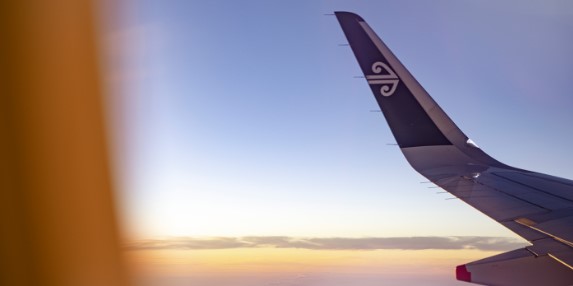 Taking on the Tasman: Air New Zealand Unleashes 1.7 Million Seats for Summer
Taking on the Tasman: Air New Zealand Unleashes 1.7 Million Seats for Summer 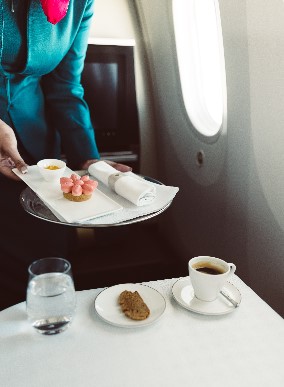 Oman Air Elevates In-Flight Dining with Exquisite Omani Rock Rose Dessert
Oman Air Elevates In-Flight Dining with Exquisite Omani Rock Rose Dessert  Cathay Pacific Elevates Inflight Dining with ‘Chinese Classics’ Menu
Cathay Pacific Elevates Inflight Dining with ‘Chinese Classics’ Menu  Hong Kong Airlines Set to Land in Sydney—And Travellers Reap the Rewards
Hong Kong Airlines Set to Land in Sydney—And Travellers Reap the Rewards  Viking Cruises Unveils 14 New Ocean Itineraries for 2026 & 2027
Viking Cruises Unveils 14 New Ocean Itineraries for 2026 & 2027 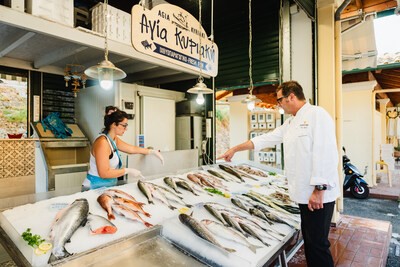 Seabourn Elevates Onboard Dining with New Menus and Local Flavours
Seabourn Elevates Onboard Dining with New Menus and Local Flavours 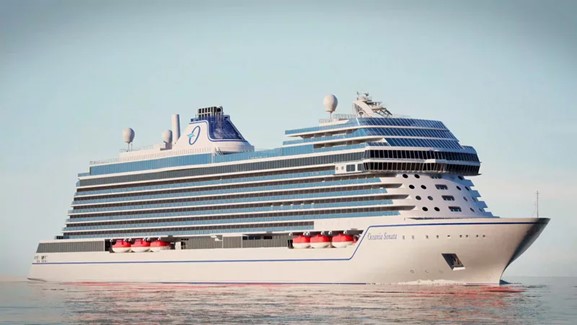 Oceania Cruises Marks a New Era with the Construction of the First Sonata Class Ship
Oceania Cruises Marks a New Era with the Construction of the First Sonata Class Ship 